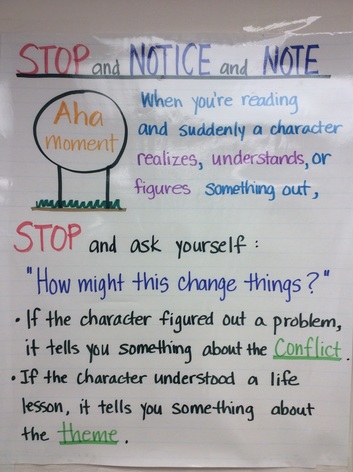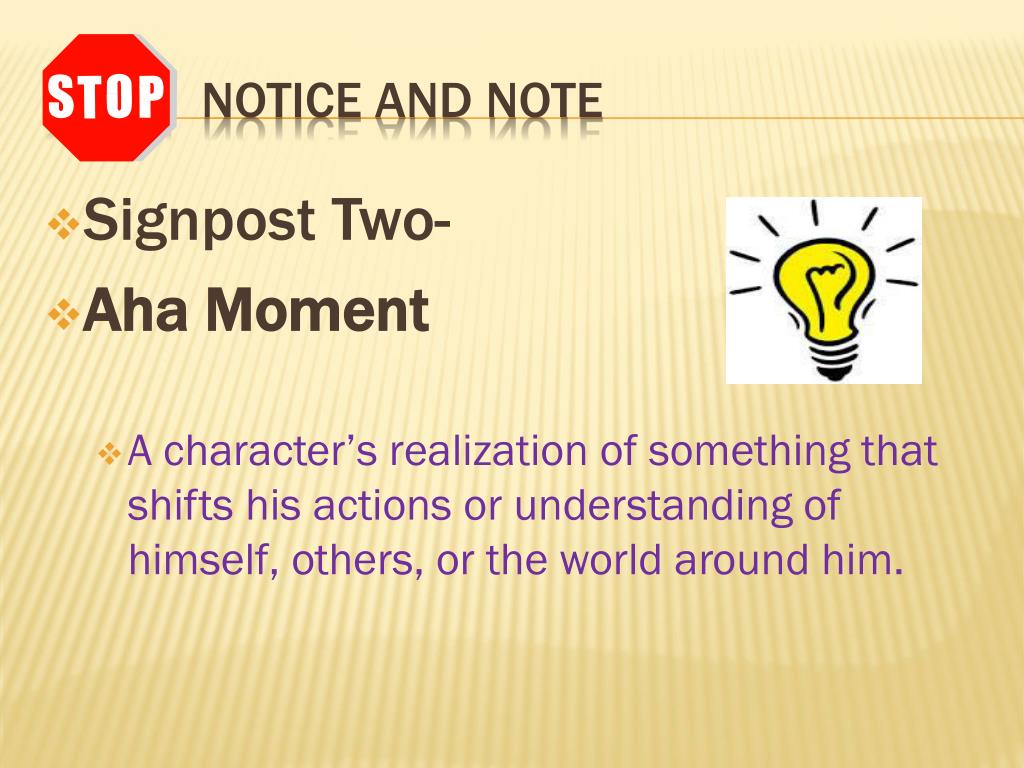
You and your students may find even more. For each of the stories below, I found signposts. I thought it made sense to use short stories and texts that are typically found in grade-level literature anthologies to save teachers time making copies. Since then, I have had other requests for more story ideas. I have previously posted about some short stories I used last year to teach the signposts.

I know that many of you are excited about using Notice and Note by Kylene Beers and Robert B. I am also going to ask the students to find some examples of these themselves this spring when we do more literary analysis. My goals for next summer are to find some more animated shorts and also add in songs, poetry, and art. There are also numerous collections of award-winning shorts available on YouTube. George and AJ for CONTRASTS AND CONTRADICTIONS Many of the other Pixar shorts would be great to use as well, but in the interest of time, these are all I had the opportunity to use this year.

(NOTES: I currently teach at an all-girls’ school, so the short stories reflect that. After we had learned all of them, I had them search in my many picture books for more. I always began and ended with a short story and showed the video and read the picture books in between.

They had no trouble finding them when we read our first novel, Walk Two Moons.īelow are the resources I used this year. Because my classes are only 45 minutes long and I have to teach all of ELA in that time, I don’t use as many books and videos and I would like (or as are available), but the addition of these two things made the signposts even more valuable to my class. (See previous posts.) This year, I decided to add picture books and video clips to the mix. Their concrete, user-friendly strategy made even the most difficult texts accessible to all.įor the last two years, I have used a combination of the examples given in the book and short stories to teach each signpost before we applied them to whole class novels. I started using it in my sixth grade English classes and saw levels of analysis I had never achieved when using traditional methods of close reading. Those of you who have read my previous posts know that I am a huge fan of Notice and Note by Kylene Beers and Bob Probst.


 0 kommentar(er)
0 kommentar(er)
